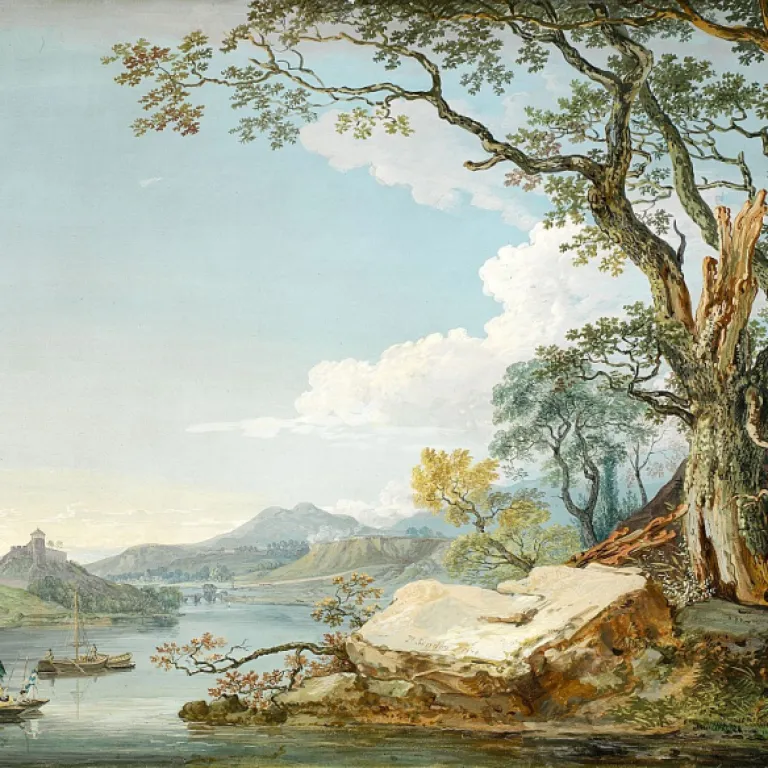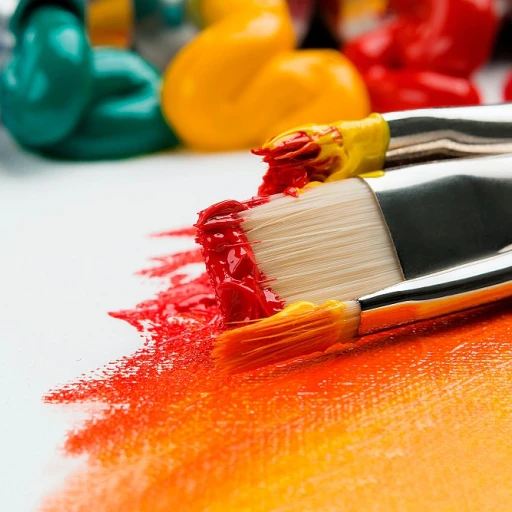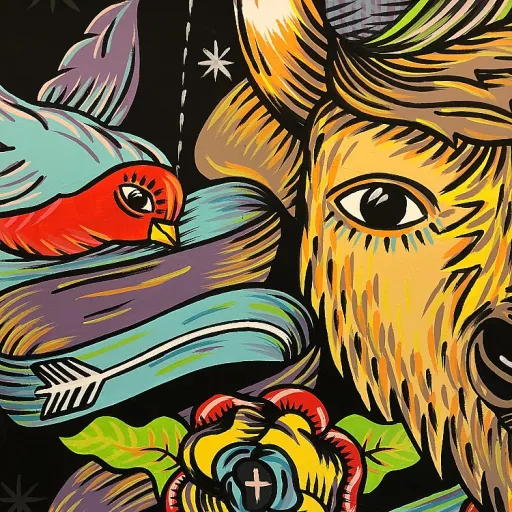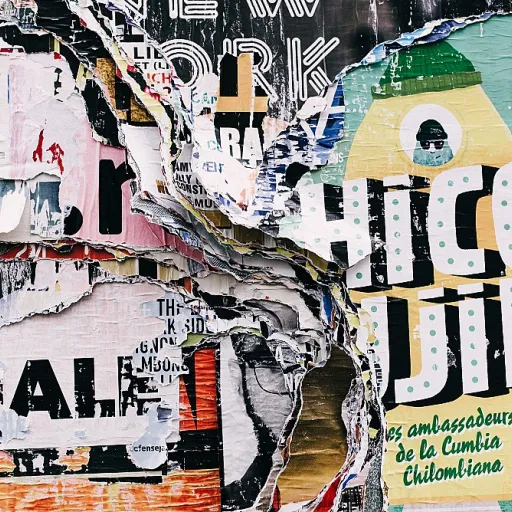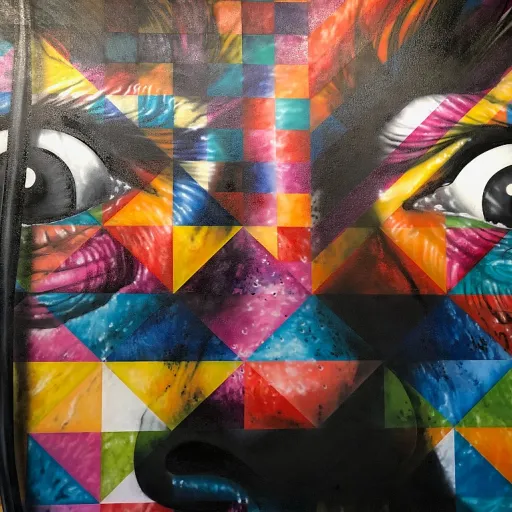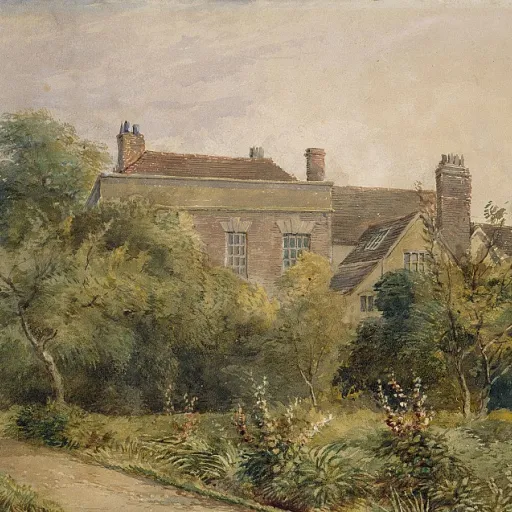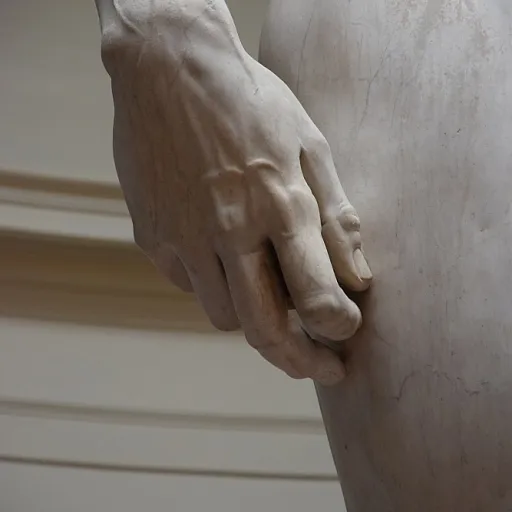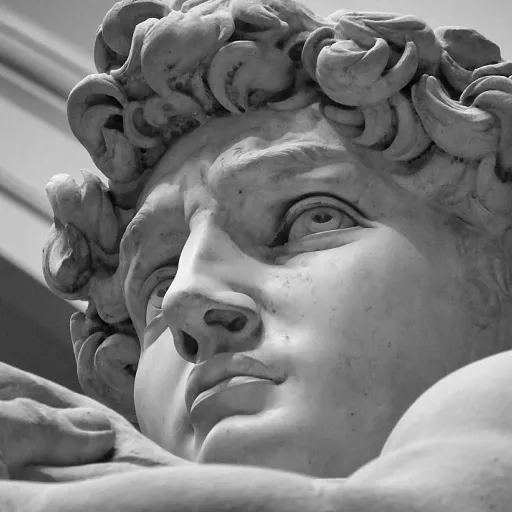-teaser.webp)
Understanding the importance of tape in luxury watercolor artwork
The Role of Tape in Crafting Luxury Watercolor Edges
When working with luxury watercolor paintings, the choice of tape is more than a practical step—it’s a detail that shapes the entire experience. Tape masking is essential for achieving those crisp, clean edges that define high-end watercolor artwork. Whether you’re working on 100% cotton papers like Arches or premium cold press watercolor paper, the right tape ensures your paint stays where you want it and your paper remains pristine after the tape is removed.
Masking tape, washi tape, frog tape, and even specialized paper scotch tapes each offer unique benefits. The tape you select must adhere well during painting, yet release cleanly when dry, without tearing the delicate pulp of luxury watercolor papers. A tape test on a scrap piece of watercolor paper is always recommended before committing to your final piece. This simple step helps you avoid the frustration of torn paper or paint bleeding under the tape.
Luxury watercolor artists often use tape to secure their paper block or paper board, preventing unwanted movement and warping as the paint dries. This is especially important with larger works, where even a slight shift can affect the final look. The choice of tape also impacts how the edges of your painting will appear—whether you want a sharp, defined border or a softer, more organic transition.
For those who value the integrity of their artwork, understanding the nuances of tape masking is crucial. It’s not just about holding paper in place; it’s about preserving the quality of your watercolor painting from the first brushstroke to the moment the tape is removed. If you’re looking to elevate your watercolor masterpieces, consider exploring how the right brushes can further enhance your technique.
- Always test your tape on the same type of watercolor paper you’ll use for your final painting.
- Choose tapes designed for art to avoid residue and tearing.
- Be mindful of the tape’s width—this will influence the border size and overall presentation.
Mastering tape masking is a subtle art in itself, setting the stage for the luxury and precision your watercolor painting deserves.
How tape size influences the final look of your watercolor painting
How Tape Size Shapes the Borders and Impact of Your Watercolor
When working with luxury watercolor paintings, the size of the tape you choose can dramatically influence the final presentation. Tape masking is not just about keeping paint off the edges; it’s about defining the boundaries and enhancing the overall aesthetic. The width of the tape will determine how much of the watercolor paper is left untouched, creating a crisp, clean border that frames your artwork. This subtle detail is often what sets high-end watercolor paintings apart from the rest.
- Narrow tapes (around 0.5 to 1 cm) are ideal for delicate borders, especially on smaller watercolor papers or when you want the painting to dominate the surface. However, they require careful application to avoid paint seepage.
- Wider tapes (2 cm or more) offer a bold, gallery-style edge, perfect for larger works or when using thick cotton papers like Arches. They also provide more protection against accidental paint bleed, especially with wet-on-wet techniques.
Luxury watercolor papers, such as cold press cotton or premium pulp blends, react differently to masking. For example, Arches paper is robust and can handle most tapes, but a tape test is always recommended to ensure the tape will not tear paper fibers when removed. The choice between washi tape, frog tape, or traditional masking tape can also affect the outcome, as some tapes leave cleaner edges or are less likely to damage the paper block or board.
Edges matter in luxury artwork. A clean, sharp border achieved with the right tape size can elevate the perception of your painting, making it look more professional and intentional. If you’re exploring advanced techniques like wet-on-wet, understanding how tape interacts with water and pigment is crucial. For a deeper dive into mastering these effects, you might find this guide to wet-on-wet watercolour in luxury artwork insightful.
Ultimately, the tape you select—whether blue painter’s tape, paper scotch, or specialty masking—should complement your watercolor paper and painting style. Always test on a scrap piece before committing to your final work. This attention to detail ensures your borders remain pristine and your luxury watercolor painting stands out for all the right reasons.
Selecting the best tape materials for high-end watercolor art
Material Matters: What Sets Luxury Masking Tapes Apart
When working with luxury watercolor paintings, the choice of tape is far from trivial. The right masking tape can make the difference between crisp, clean edges and torn, damaged paper. For high-end watercolor art, the tape material must be gentle on delicate surfaces, especially when using premium cotton papers like Arches or other cold press watercolor papers.
- Paper masking tapes: Traditional paper masking tape is widely used, but not all are suitable for luxury watercolor papers. Lower-quality tapes may leave residue or tear paper when removed. Always perform a tape test on a scrap piece of your chosen paper before committing to the final painting.
- Washi tape: This Japanese tape is favored for its low tack and clean removal. Washi tape works well on both cotton and pulp-based watercolor papers, minimizing the risk of damaging the surface or leaving adhesive behind.
- Specialty tapes: Brands like Frog Tape and blue painter’s tape are designed for clean lines and easy removal. These tapes are often used for masking edges on watercolor paper blocks or boards, especially when you want to avoid tearing the paper or disturbing the paint.
Luxury watercolor artists often avoid standard paper scotch tape, as it can bond too strongly with the paper and cause issues when removed. Instead, opt for tapes specifically designed for watercolor masking or those recommended by professional suppliers.
Another consideration is the compatibility of the tape with the paint and paper. Some tapes can repel watercolor, causing paint to pool at the edges, while others may allow paint to seep underneath. Testing different tapes on your chosen watercolor paper—whether it’s Arches, cold press, or another high-end brand—will help you find the perfect match for your technique and desired finish.
For those interested in exploring how luxury materials elevate artistic experiences, the elegance of artistic umbrellas offers an insightful perspective on craftsmanship and detail, much like the careful selection of tape in watercolor painting.
Ultimately, the best tape for luxury watercolor painting is one that protects the integrity of the paper, creates sharp edges, and can be removed cleanly after the paint is dry. Don’t hesitate to experiment with different tapes and always prioritize the quality of both your materials and your finished artwork.
Expert recommendations for tape sizes based on artwork dimensions
Recommended Tape Widths for Different Artwork Sizes
When working with luxury watercolor paintings, the choice of tape width is more than just a practical decision—it’s a matter of aesthetics and preservation. The right tape size helps achieve crisp, clean edges and protects the delicate surface of premium watercolor papers, such as 100% cotton or cold press papers like Arches. Selecting the correct tape width for your artwork dimensions ensures that the masking process supports, rather than detracts from, your creative vision.
- Small Paintings (up to 8 x 10 inches): Use a narrow tape, around 0.5 to 0.75 inches wide. This size provides enough hold without overwhelming the paper or leaving excessive borders once removed.
- Medium Paintings (up to 16 x 20 inches): Opt for a tape between 0.75 and 1 inch wide. This width balances secure adhesion with minimal risk of tearing the paper, especially on cotton papers or paper blocks.
- Large Paintings (over 16 x 20 inches): Choose a tape at least 1 inch wide, sometimes up to 1.5 inches for very large works. Wider tapes help prevent paint seepage and keep the paper flat during heavy washes.
Matching Tape Type to Paper Quality
Luxury watercolor papers, such as Arches or other high-end cotton papers, demand tapes that adhere well but can be removed cleanly. Masking tape, washi tape, and specialized watercolor masking tapes are popular choices. Frog tape and blue painter’s tape are also favored for their clean removal and minimal residue. Always perform a tape test on a scrap of your chosen watercolor paper before taping the actual artwork. This helps avoid unwanted pulp lifting or tearing when the tape is removed.
Practical Tips for Tape Masking
- Ensure the paper is dry before applying tape to prevent paint from bleeding under the edges.
- Press the tape down firmly but gently, especially on textured cold press papers.
- After painting, wait until the paper is completely dry before removing the tape to avoid tearing the paper or damaging the edges.
- For particularly delicate papers, consider using washi tape or low-tack masking tape to minimize the risk of tearing.
By carefully matching tape size and type to your luxury watercolor painting’s dimensions and paper quality, you’ll achieve professional, gallery-worthy results with clean, sharp edges and preserved paper integrity. Don’t underestimate the impact of this small but crucial detail in your artistic process.
Common mistakes to avoid when taping luxury watercolor paintings
Frequent Tape Masking Pitfalls in Luxury Watercolor Art
- Using the wrong tape for your paper type – Not all tapes are suitable for luxury watercolor papers like 100% cotton or premium cold press. For example, standard masking tape or paper scotch can bond too aggressively with delicate pulp, especially on high-end papers like Arches. This can lead to torn edges or surface damage when the tape is removed.
- Skipping the tape test – Before taping your actual painting, always test the tape on a scrap of the same watercolor paper. This helps you see if the tape will tear paper or leave residue, especially on textured or soft cotton papers.
- Leaving tape on too long – If masking tape or frog tape is left on until the paint is fully dry, it can adhere more strongly to the paper. For luxury watercolor painting, it’s best to remove tape while the paint is just dry to the touch, reducing the risk of pulling up fibers or pigment.
- Applying tape with too much pressure – Pressing tape too firmly onto watercolor paper, especially on a paper block or board, can compress the paper’s surface. This may result in uneven paint absorption or visible marks once the tape is removed.
- Using low-quality or colored tapes – Some blue tapes or generic masking tapes can bleed color or leave adhesive behind, especially on wet or damp paper. Always choose tapes specifically designed for watercolor masking, such as washi tape or professional-grade artist tapes, to keep edges clean and papers pristine.
- Not considering paper sizing – Luxury watercolor papers, especially those with heavy sizing like Arches, can react differently to tape masking. It’s crucial to test and adjust your tape technique based on the sizing and texture of your chosen paper.
By staying mindful of these common mistakes, you’ll protect the integrity of your luxury watercolor painting and ensure crisp, clean edges every time. Don’t hesitate to watch a reputable YouTube video demonstration or consult expert guides for advanced tape masking techniques tailored to high-end watercolor papers.
Preserving the integrity of luxury watercolor paintings after tape removal
Maintaining Pristine Edges and Surface After Tape Removal
Preserving the flawless appearance of luxury watercolor paintings goes beyond the painting process itself. Once the masking tape is removed, the real challenge begins: ensuring the paper, paint, and edges remain undisturbed and elegant. Here are essential steps and insights for safeguarding your artwork’s integrity after tape masking:- Wait Until Completely Dry: Before removing any tape, make sure your watercolor painting is fully dry. Even a slightly damp surface can cause the tape to pull up paint or tear paper fibers, especially on cotton papers like Arches or cold press watercolor papers.
- Test the Tape: Always perform a tape test on a scrap piece of your chosen watercolor paper. This helps you see how the tape will interact with the paper and paint, reducing the risk of damage when you remove it from your final artwork.
- Remove Tape Slowly and at an Angle: Gently peel the masking tape back on itself at a low angle. This technique minimizes the chance of tearing paper or lifting pigment, especially on delicate pulp-based or high-end cotton watercolor papers.
- Use the Right Tape: High-quality tapes like washi tape, frog tape, or specialized watercolor masking tapes are less likely to leave residue or tear paper. Avoid standard paper scotch or low-grade tapes, as they can damage luxury watercolor papers and leave unwanted marks.
- Clean Edges: If any paint has seeped under the tape, use a clean, damp brush to gently lift the pigment while the area is still workable. For stubborn marks, a soft eraser or a gentle touch with a kneaded eraser can help, but always test first to avoid damaging the paper surface.
- Inspect for Residue: After the tape is removed, check for any sticky residue. If present, a light touch with a dry, lint-free cloth can help clean the area without disturbing the paint or paper fibers.

